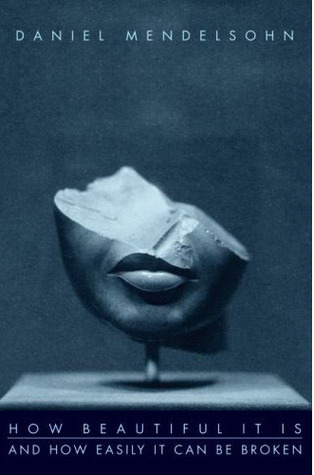What do you think?
Rate this book


456 pages, Hardcover
First published January 1, 2008
(1) Meaningful coherence of form and content;
(2) Precise employment of detail to support (1);
(3) Vigor and clarity of expression; and
(4) Seriousness of purpose (p. xv)